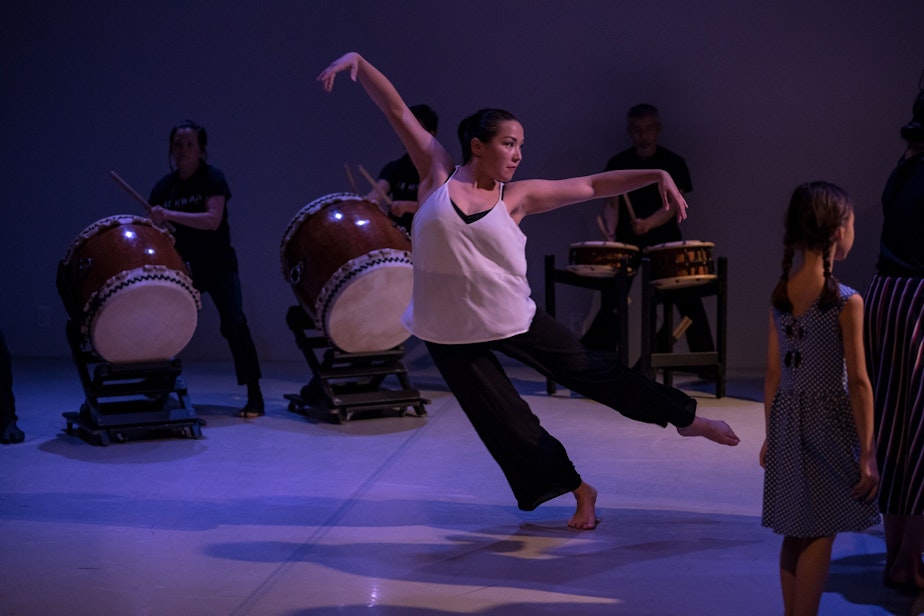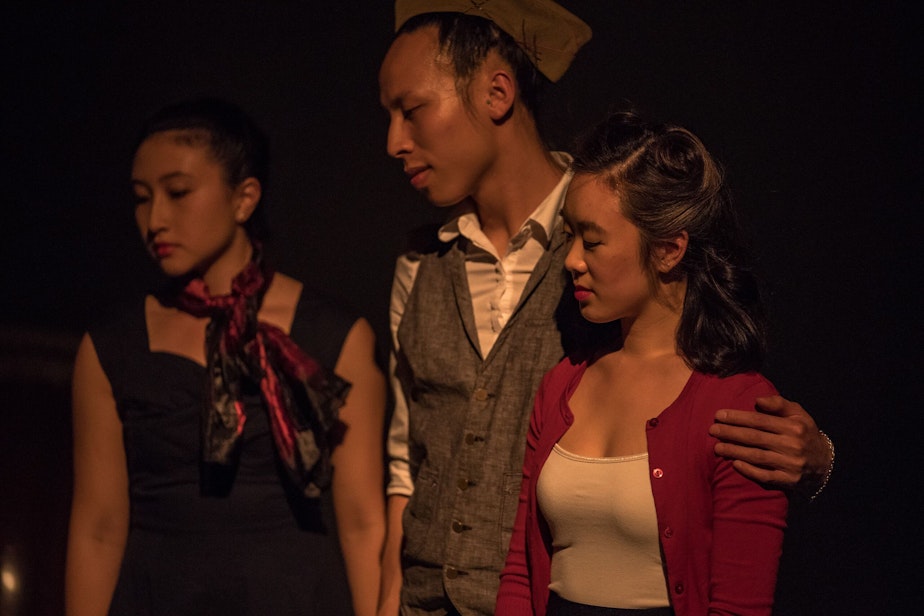Descendants of Japanese Americans sent to internment camps speak out against border detentions
When Troy Osaki, 26, was growing up, he loved to listen to his grandmother’s stories, especially the stories about what happened to her family during World War II.
Osaki’s great-grandfather, the minister at the Seattle Buddhist Temple, was one of the first local Japanese Americans to be arrested after the Japanese bombed Pearl Harbor.
“He was seen as a community leader,” Osaki says, “a threat to national security.”
Osaki’s great-grandfather was incarcerated in a series of prisons in Montana, New Mexico and Texas; his family was sent to the Minidoka internment camp in Idaho. After President Franklin D. Roosevelt authorized the detention of Japanese Americans deemed to be threats to national security in 1942, more than 7,000 people were removed from their homes and businesses in Seattle and detained in camps far from the Puget Sound.
But to Troy Osaki and many other millennial descendants of incarcerated Japanese Americans, the history of their families is resurfacing in what’s taking place now on the U.S.-Mexico border. Today, they’re speaking out against the forcible separation and incarceration of Central American and Mexican families.

Sponsored
“It’s physical and visceral, locking away people that shouldn’t be, children and families,” says Sarah Baker, president of the Seattle chapter of the Japanese American Citizens’ League, the nation’s largest Asian American civil rights organization.
Baker believes it’s important to publicly denounce the Trump administration actions. Local activists have traveled to the border to take part in protests and vigils; recently they crafted thousands of origami cranes they shipped to Texas and helped to hang on barbed wire fences on the border.
The outspokenness of younger activists stands in contrast to the widespread reticence of many of the older Japanese Americans when it comes to talking about their experiences in the internment camps. Baker says they use a particular phrase to describe this attitude— shikata ga nai.
“It means, basically, ‘it can’t be helped,’ Baker explains. “It was a colloquialism used during the incarceration period, because that’s just how people had to internalize what was happening.”

Sponsored
This weekend Baker will perform in a dance/theater piece called “Farewell Shikata Ga Nai,” created by Seattle choreographer and activist Gabrielle Kazuko Nomura Gainor. It’s part of a free community event called “Never Again is Now: the Art and Activism of millennial Nikkei,” at Seattle’s Wing Luke Museum.
The term ‘Nikkei’ refers to people of Japanese heritage who don’t live in the mother country. The Wing Luke event also features photography, taiko drumming and Troy Osaki’s spoken-word poetry.
Osaki, an attorney who works on social justice issues at his day job, is all in favor of deploying mass protests and legal challenges to the Trump administration’s immigration and detention policies at the U.S.-Mexico border.
Sponsored
But Osaki says real change has to start with public opinion.
“I’m grateful for art, because I think it has the power to really shift people’s hearts and minds,” Osaki says. “I think that’s what it’s really going to take to transform the system. It’s imagining what the world can be.”
“Never Again is Now: The Art and Activism of Millennial Nikkei” starts at noon, Sunday April 7th, at the Wing Luke Museum of the Asian Pacific American Experience, in Seattle’s Chinatown International District.




